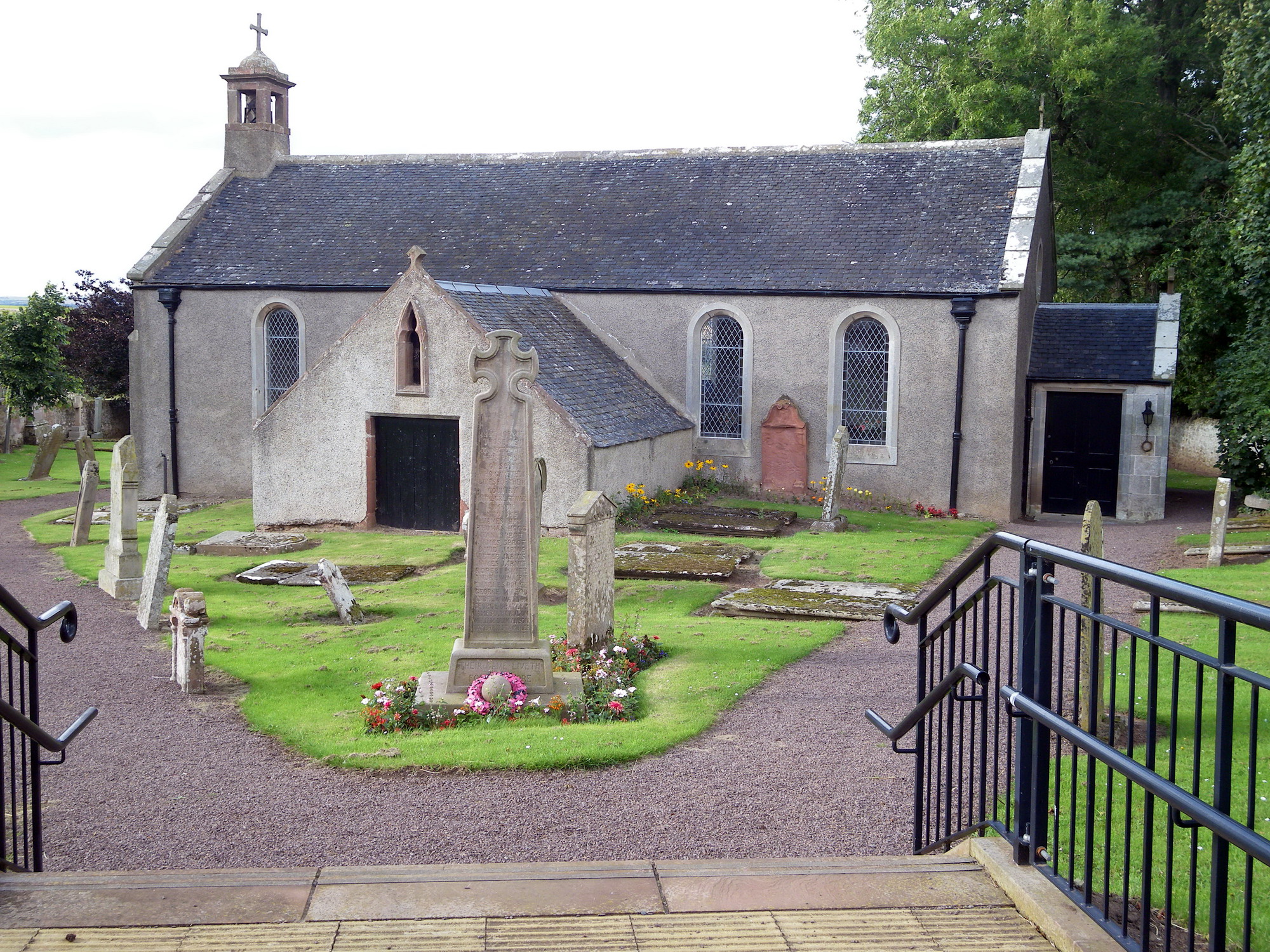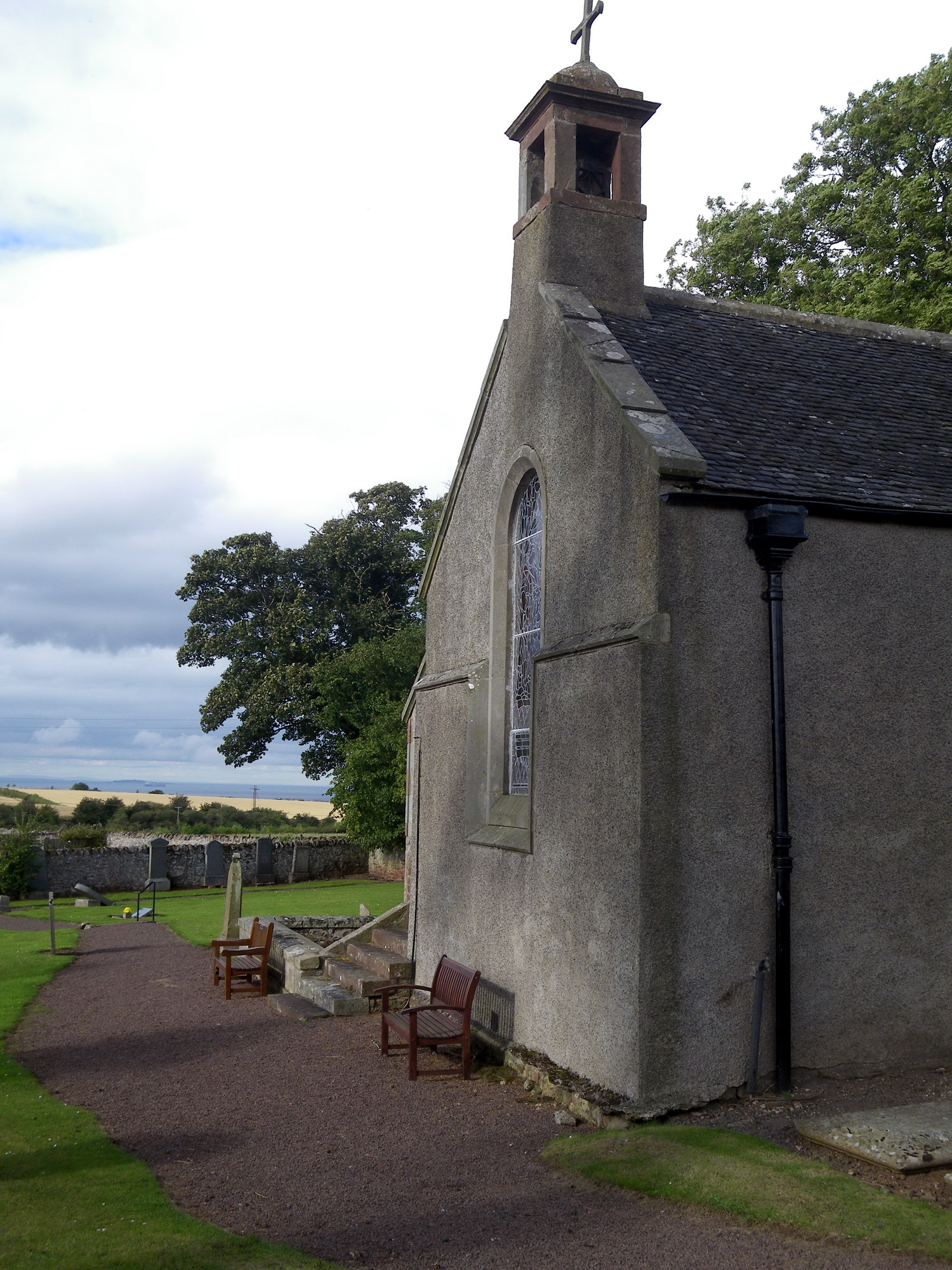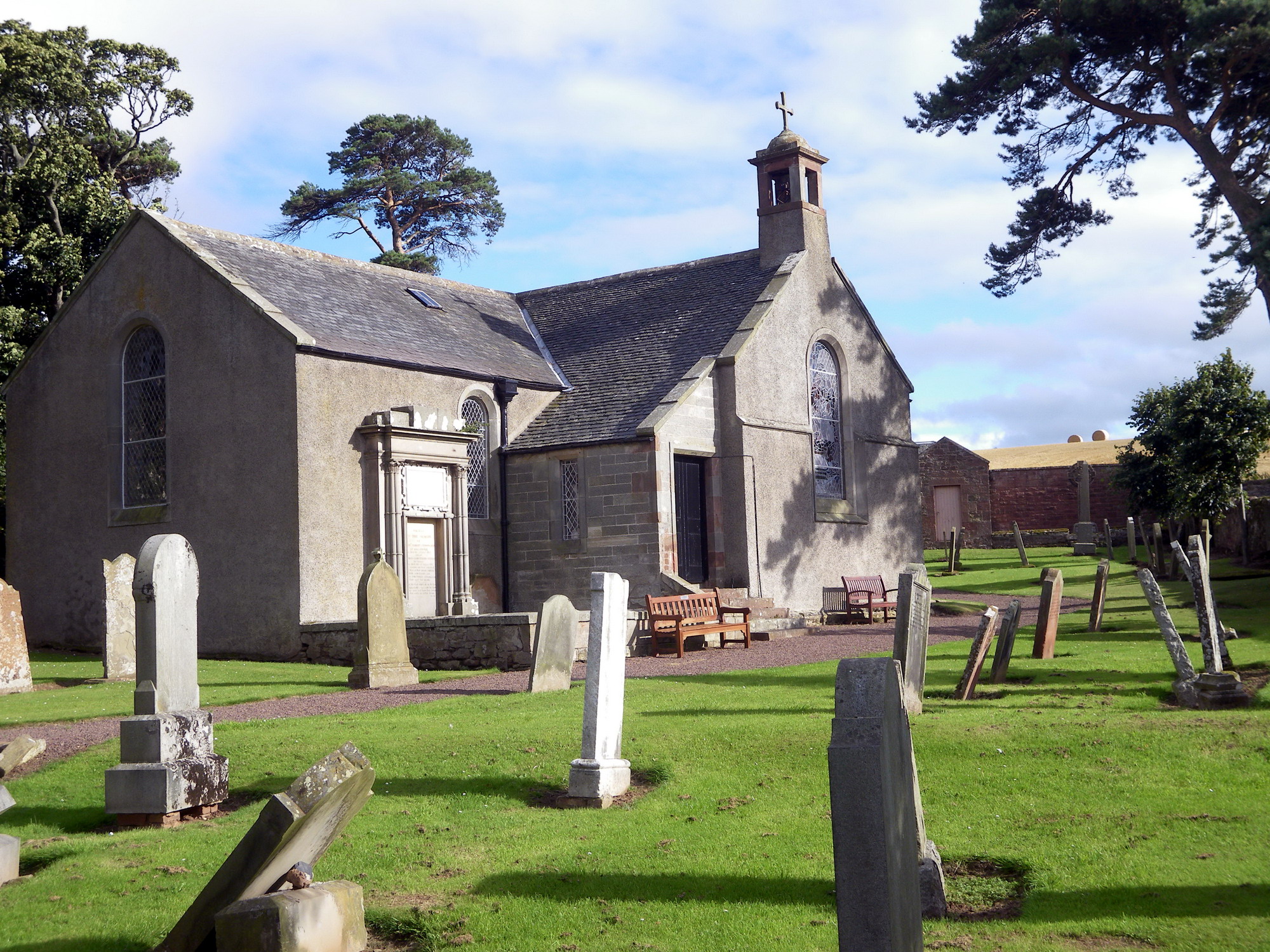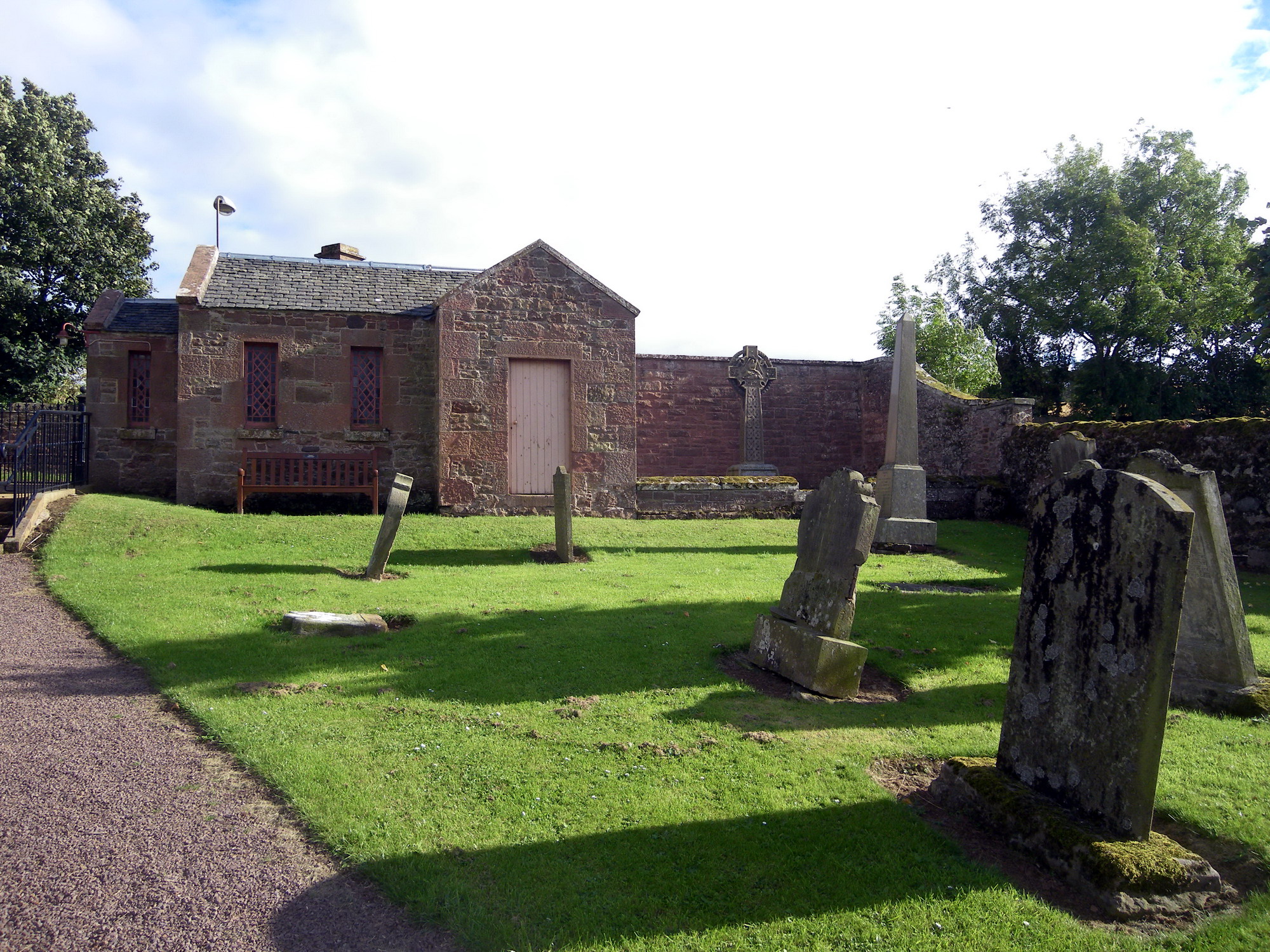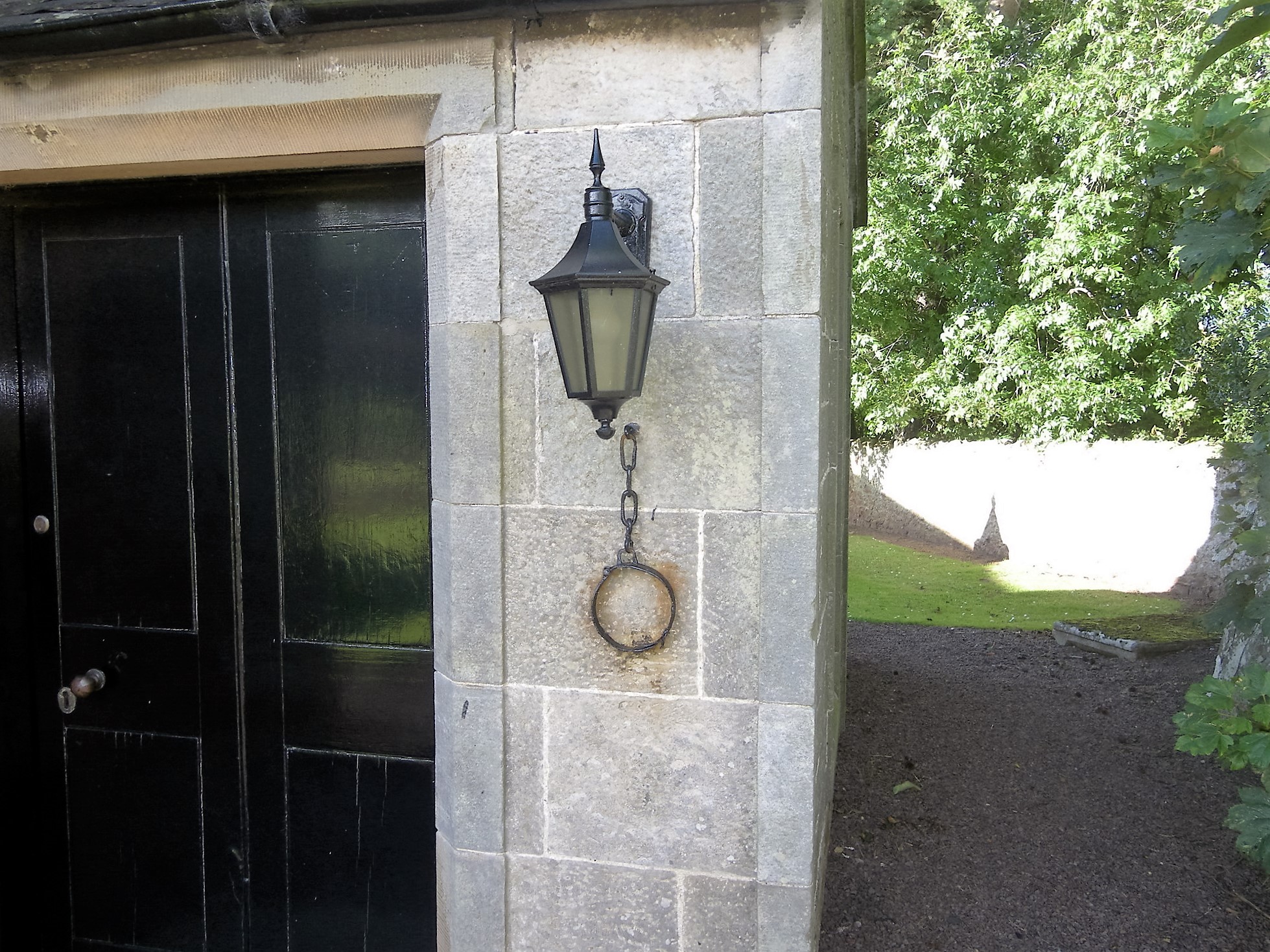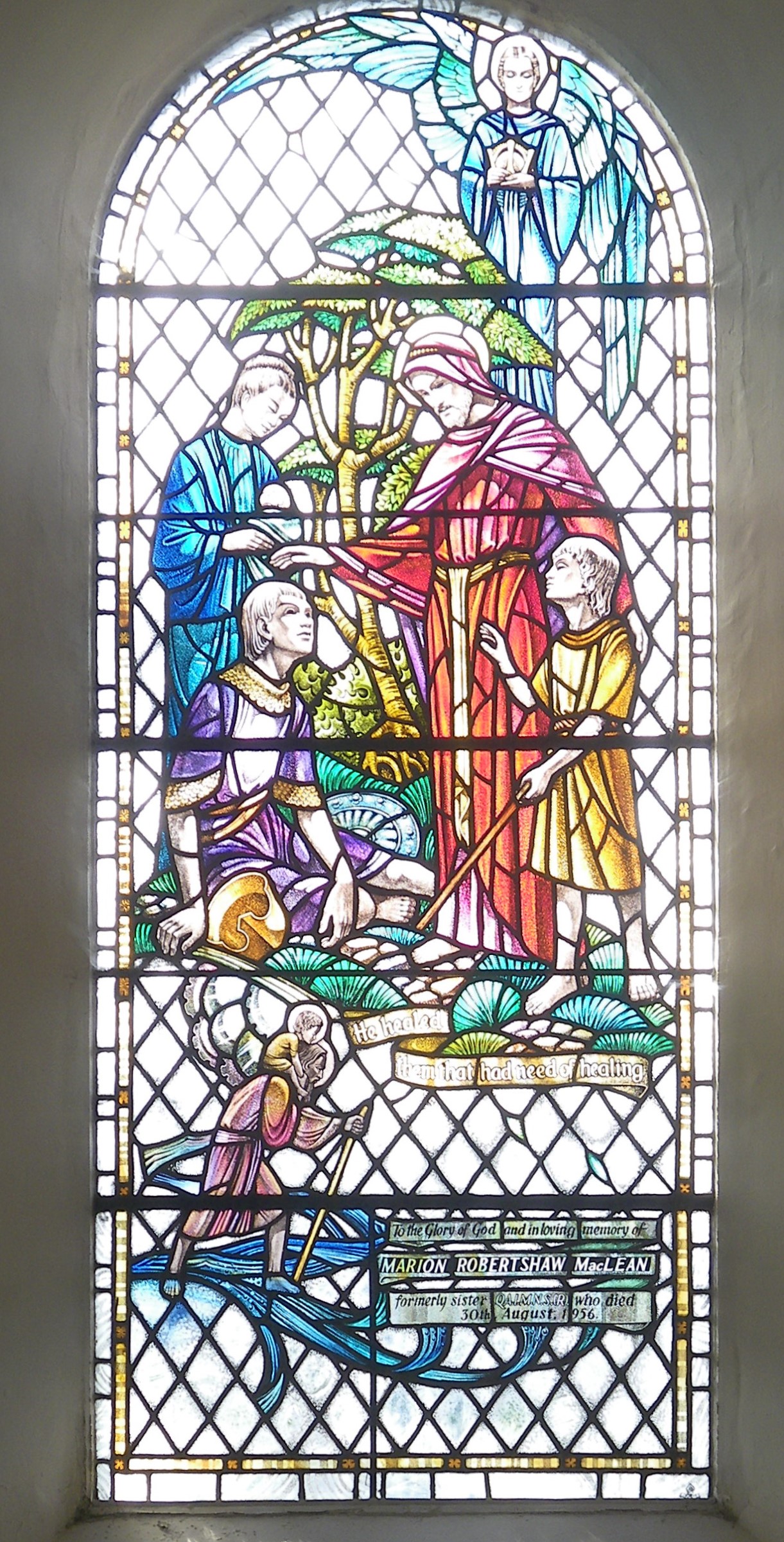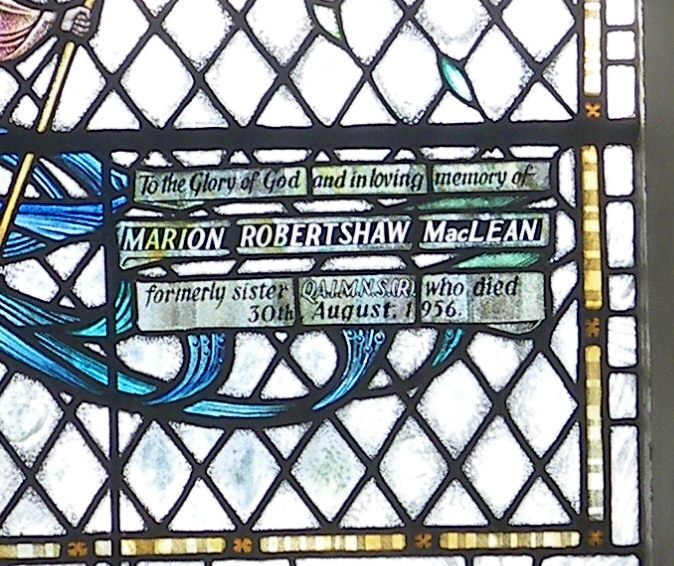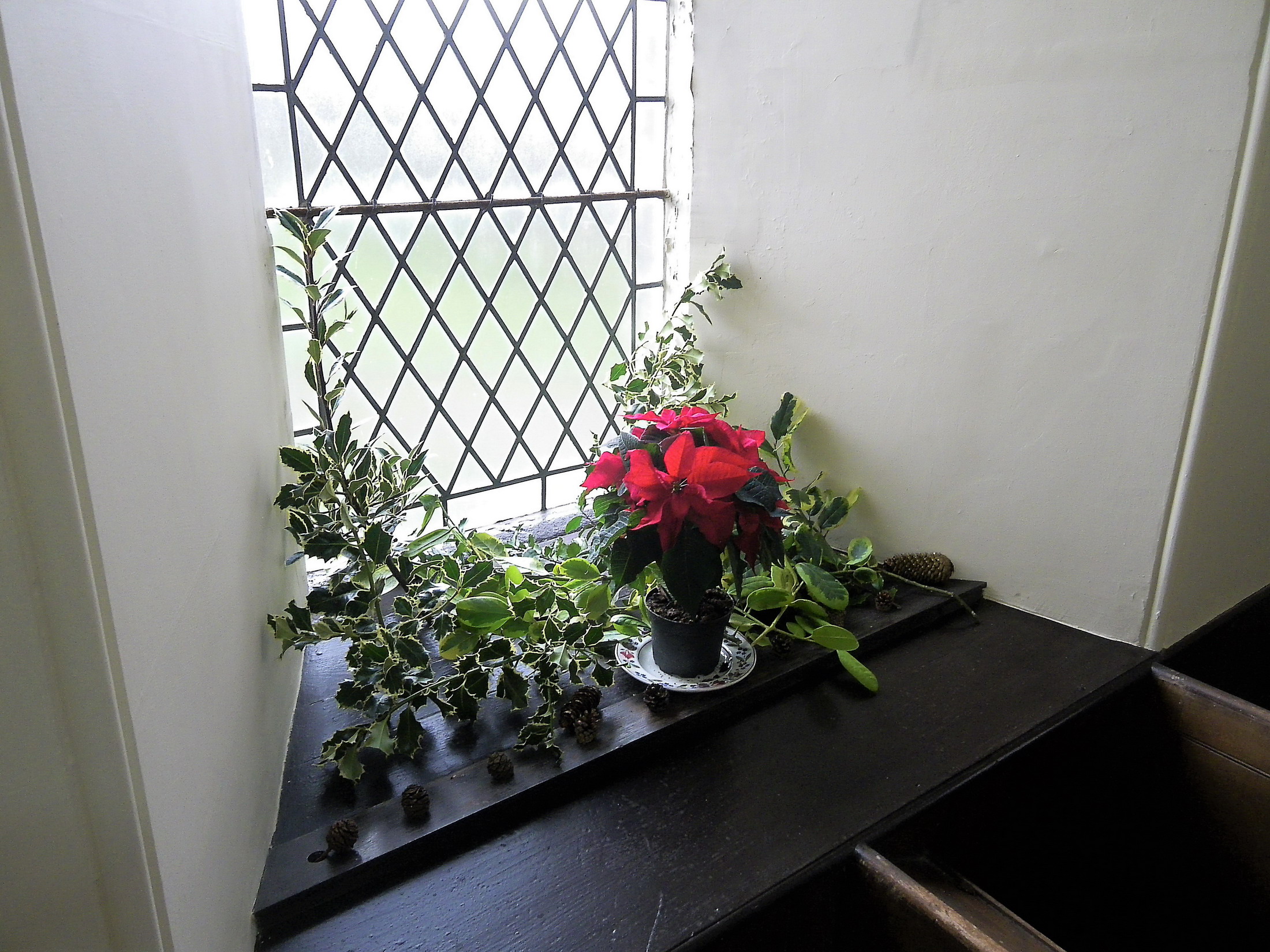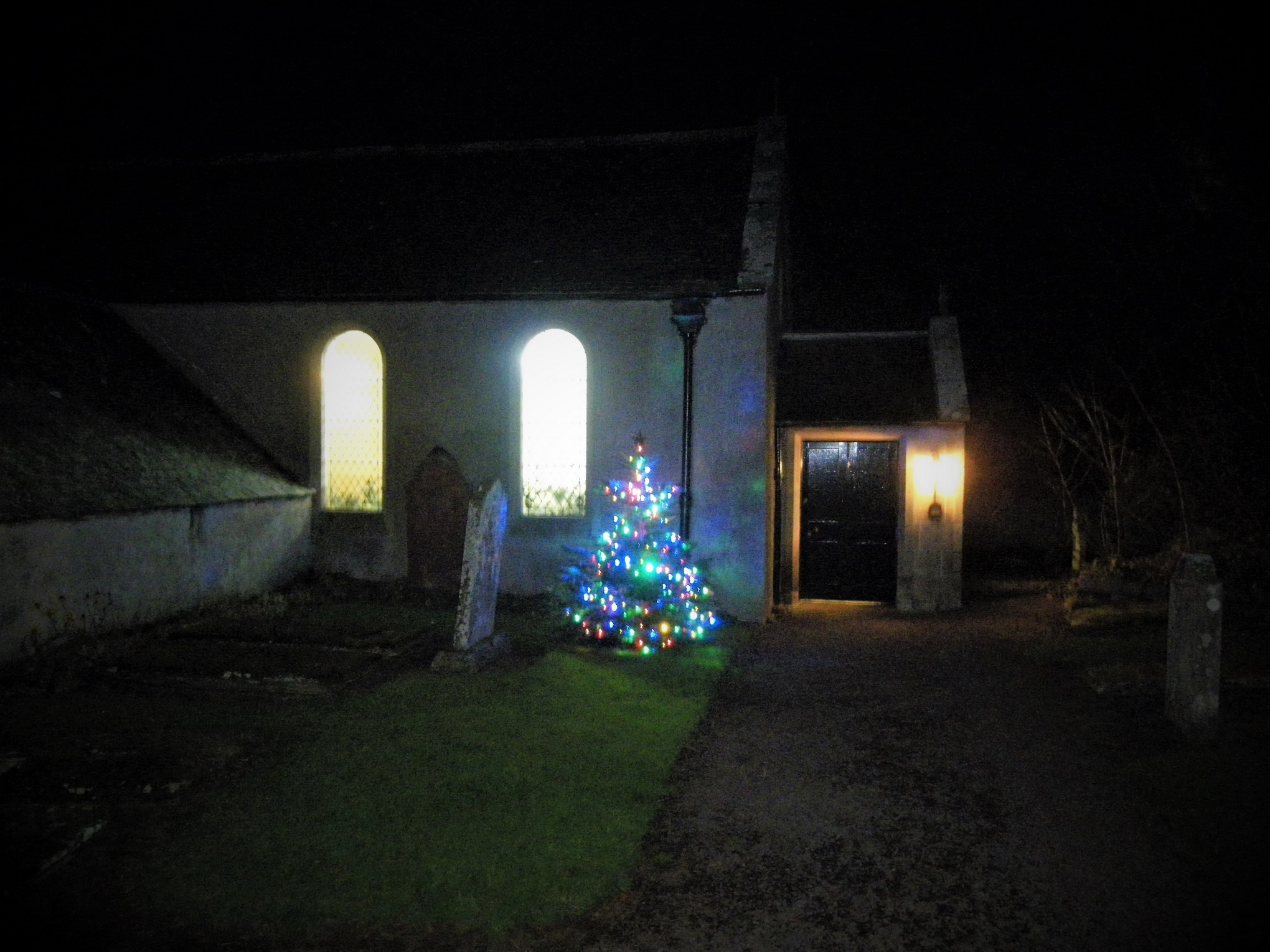Images of the church
The date when the church was built is unknown and early references to it are scanty as it was evidently included under the mother church of Dunbar — itself a survivor of the administrative system which preceded the reorganisation which took place under Norman and Roman influence. Possibly Spott began as a little chapel of rest for pilgrims who stopped on their way to lona to drink at St. John’s Well, a holy well about 200 yards north-west of the church.
When Dunbar Church was made collegiate in 1342, Spott was listed as one of its seven chapelries. This arrangement appears to have lasted until 1501 when a Bull of Pope Alexander VI transferred these subsidiary churches to the newly collegiate Chapel Royal at Stirling. Spott was later raised to the status of Parish Church.
Nothing is known of the early clerics at Spott, who were probably little more than retainers at Spott House, earning a living by placing their ‘learning’ and ‘clerking’ at the Laird’s disposal. The first record is of Sir James Kincraigy being ‘presented to the Chaplaincy of the Parsonage of Spott’ on 16th April 1499, following the death of his predecessor, Sir Hew Hudson. These and others among the succeeding clergymen remain only shadowy figures but among them a number stand out:-
Sir James Kincraigy’s successor, Andrew Aiton or Aytoun, Chancellor of the Cathedral of Dunblane and Rector of Spott was, in 1520, elected Procurator of the Scottish Nation in the University of Orleans, the leading French school of civil law. He died in Rome on 12th October 1528 and was buried in the English College there.
He was followed in Spott by Robert Galbraith, a writer of several books still extant, a graduate of Paris and one of the original Senators of the College of Justice, the judges of the High Court and Court of Session. He was murdered in Edinburgh during March 1544.
His successor, James Hamilton, an illegitimate son of the Duke of Chatelherault, resigned the rectory in 1547 when he was postulated Bishop of Glasgow.
John Hamilton, son of the first Earl of Arran, was the Parson of Spott in 1559. He later became the last Roman Catholic Archbishop of St. Andrews. He was a staunch supporter of Mary Queen of Scots and had the misfortune to be taken prisoner at Dumbarton Castle in 1571 and shortly afterwards was hanged at the Market Cross in Stirling for complicity in the murder of ‘The Good Regent Murray' and of Damley as well as conspiring against King James.
The first Protestant minister of Spott, and the most notorious, was John Kello, the son of the Clerk of St. Andrews Diocese. He also died Violently, being hanged at the Gallow Lee, beside Leith Walk, Edinburgh on 4th October 1570, for the murder of his wife.
Andrew Wood, the minister from 1643 to 1646, later became the Bishop of the Isles and then of Ross.
Naturally, much of the fabric of the church has changed beyond recognition during its long history. The old chapelry is that part of the church in which the pulpit now stands. It is duly oriented and the rose window, above where the altar stood, remains. The slope in the south wall near the pulpit marks the position of the communion rail. The crosses on the roof, two Latin and one Greek, are thought to be pre-reformation but little else remains to remind us of the bulding’s Roman Catholic past.
The windows have been enlarged, possibly when the extension facing the pulpit was built during the reign of Charles II. A bricked up window of an older Gothic type was found in the wall where the Hay aisle abuts the main building when alterations were being carried out some years ago. The Hay aisle, the low wing on the main building facing the gate, may be part of the original church building but there is no evidence showing when it was built.
The oaken pulpit with its carved canopy is Jacobean and attached to its left side is a baptismal bracket and plate of pewter gilt. On the corresponding panel on the right side are the marks of the bracket which once held the Minister’s hour glass but unfortunately this has been removed and lost.
The box pews form the most noticeable feature of the church and include the ‘Laird’s pew' at the west end, the manse pew and those of two other big houses’. It requires a fairly close examination to reveal that the back of every second pew in the newer part of the church folds to form a communion table. These are no longer used as such and have been secured as it was found that little fingers playing with the catches could cause them to fold at inopportune moments.
The cruel iron ‘jougs’ still hanging outside the east door are a reminder of that period of which the Church of Scotland cannot feel proud, the late 17th and 18th centuries when excessive zeal led to its efforts to regulate the lives of its members with a strict, narrow discipline more suited to the Old Testament than the New. As part of this discipline, the “stool of repentance’ in front of the pulpit could have a number of occupants and offenders would be confined by the neck in the jougs “from the going in of the kirk till the coming out of the same”. An entry in the church records of 1705 “Many witches burnt at Spott Loan” also refers to this period of oppressive, if well-intentioned, rule.
The graveyard contains a number of interesting stones, some showing the implements of the deceased’s craft, and one corner contains a number of bodies which were dug up at the scene of the first Battle of Dunbar and reinterred in hallowed ground. Unfortunately, the inscriptions on many of the gravestones have deteriorated so much that they are now illegible. Fortunately, however, thanks to the foresight of Reverend Duncan M Turner, Minister here between 1965 — 1977, members of the Youth Club compiled a survey of the churchyard in 1970; a copy of this useful record may be obtained from the Session Clerk.
The building at the gate, now used as a vestry and for Kirk Session meetings, was built to house a watchman against bodysnatchers in the Burke and Hare era.
The above is intended to give visitors an insight into the history of this church and except where indicated does not include items where the source is purely opinion. There are many areas where the answers to questions are unknown and should any readers be able to shed light on them, please contact the Minister or the Session Clerk.
We hope you will come visit our church if you are in the area.
If you are unsure how to get to Spott Church, go to the Banner Category "About us" and click on "How to find us" from the dropdown menu.
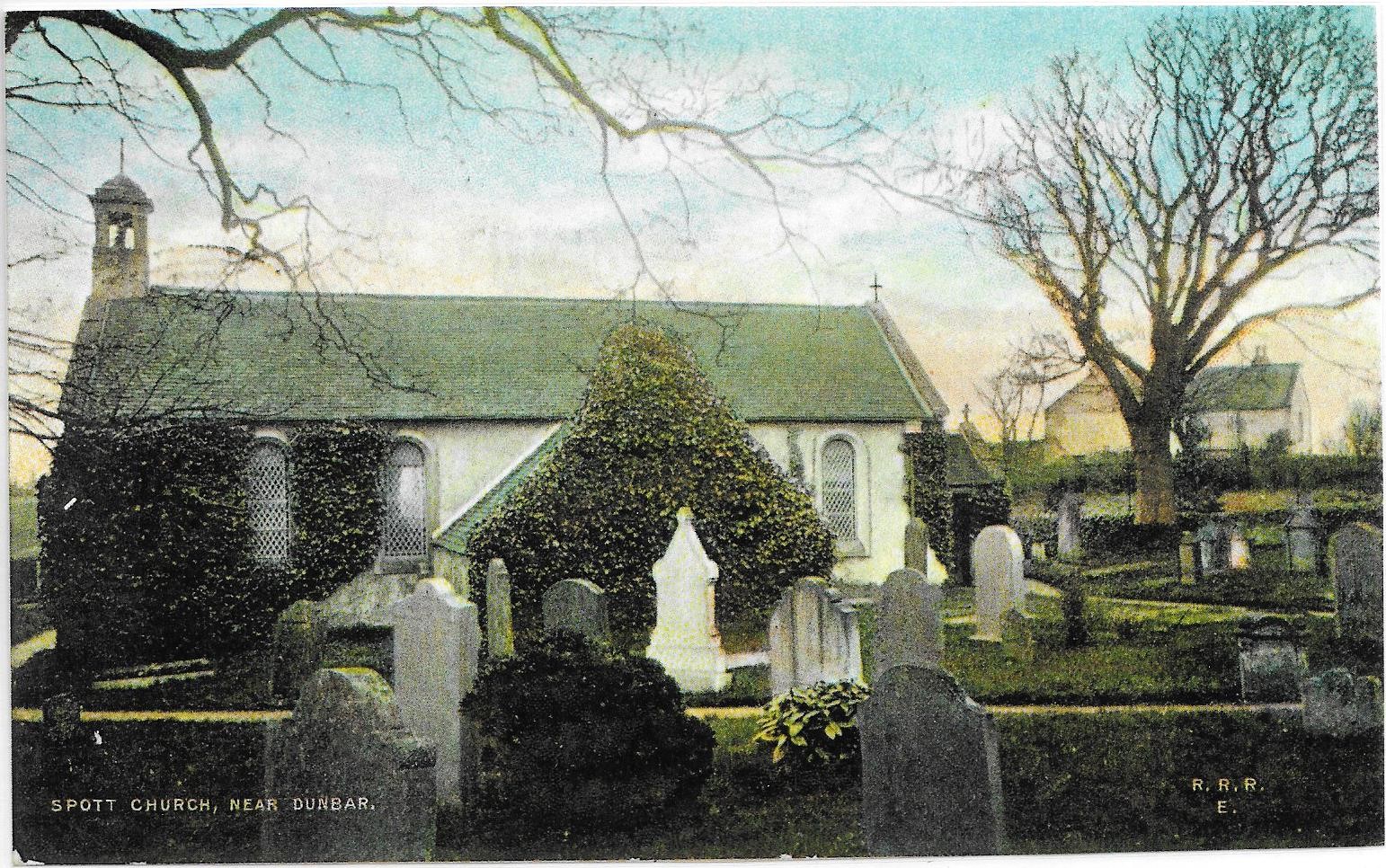
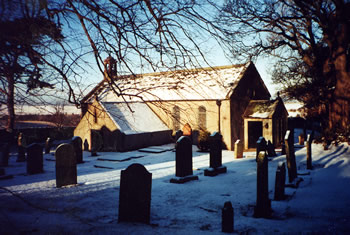
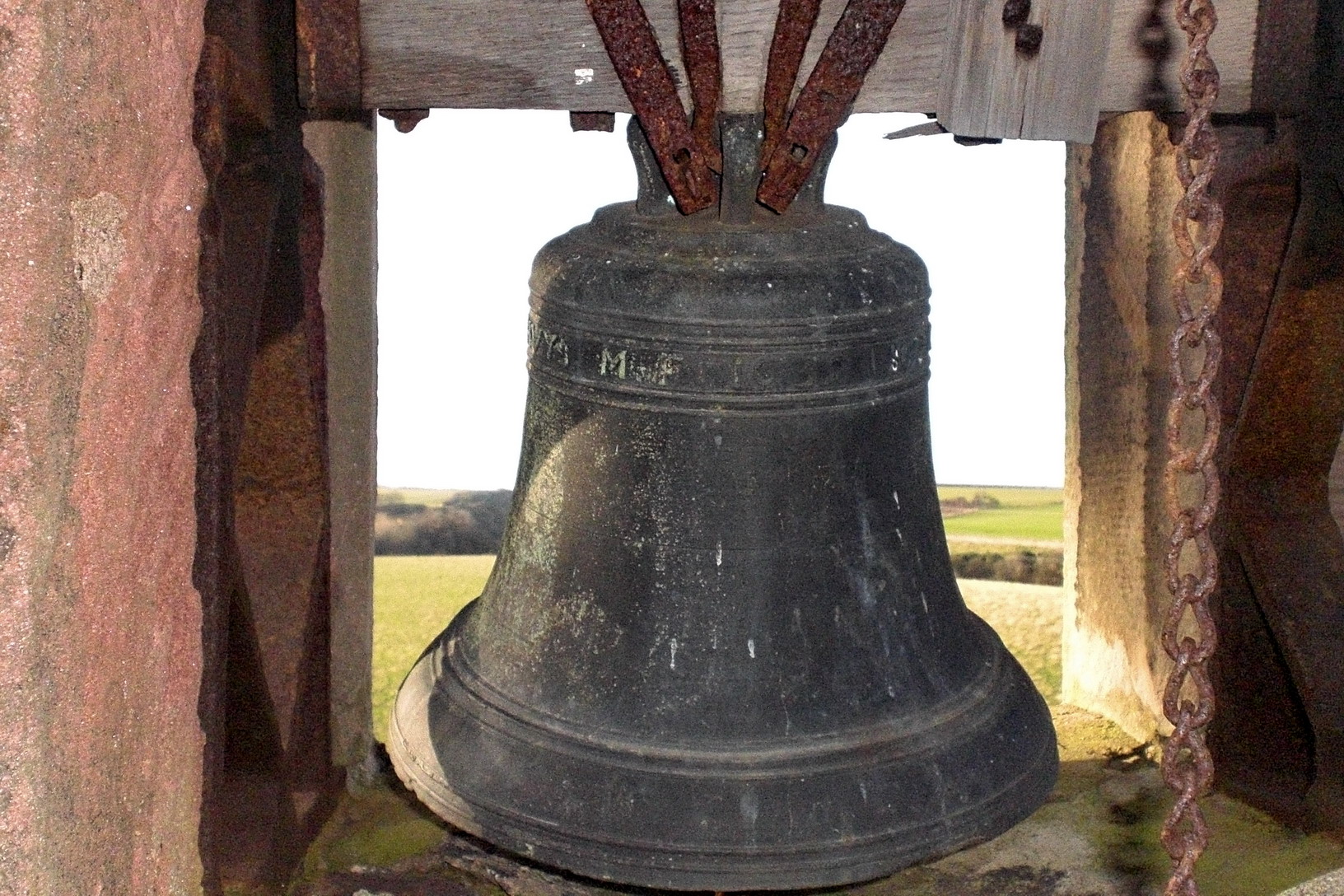
.jpg)
